In Stars and Time developer on why their RPG ‘has to be frustrating’ - ‘it is art, and art should be annoying sometimes’
“It has to be frustrating, or the game would not have worked”
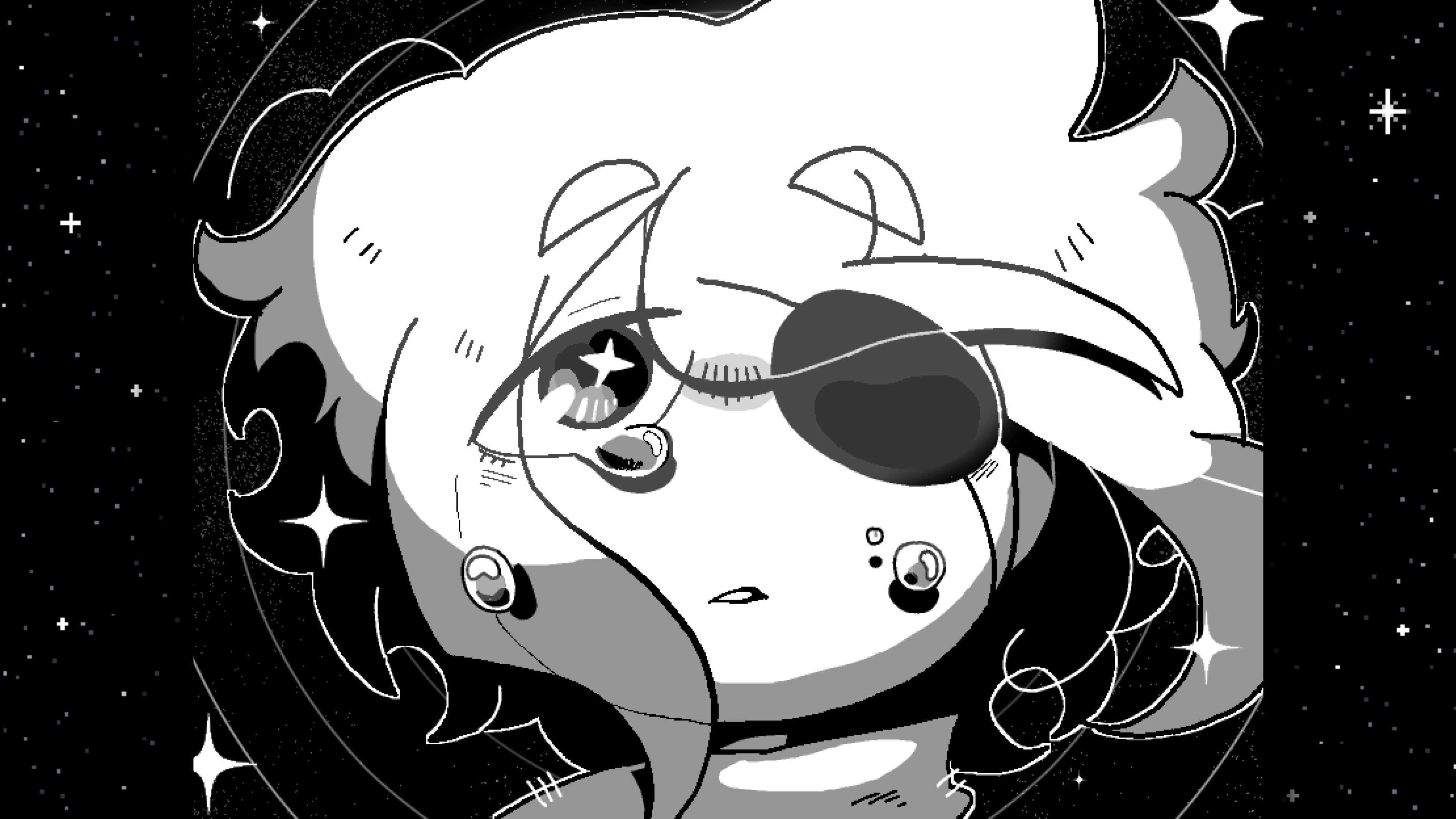
If you ask me, In Stars and Time was one of the best RPGs (role-playing games) to come out of 2023. Even amongst Larian Studios’ genre-defining behemoth, Baldur’s Gate 3, and the likes of Final Fantasy 16 and Octopath Traveler 2 adding strong entries to well-known series, the monochrome indie gem captured my heart when I played it last November, and I’ve not stopped thinking about it since.
In Stars and Time follows the tale of Siffrin - a mysterious adventurer who finds themselves stuck in a time loop while attempting to defeat a being known as The King, who’s trying to freeze time in the country of Vaugarde. Despite traveling in a group with their friends Mirabelle, Isabeau, Odile, and Bonnie, Siffrin is the only one with the ability to loop through time and must shoulder the burden of saving their friends, the world, and themselves from being stuck forever. It boasts a story that delicately balances the joy of found family, love, and friendship with an almost overwhelming feeling of dread, hopelessness, and loneliness in an overall captivating package.
Speaking to TechRadar Gaming (TRG), In Stars and Time’s developer, Adrienne Bazir (AKA insertdisc5), tells us that their RPG was born from a variety of sources of inspiration, from other games, to the real world itself.
Toby Fox’s 2015 RPG phenomenon Undertale was one of these, but not a “conscious” one, she says, as after playing it, “it’s in my bone marrow, it’s here to stay.” On the more deliberate side of things, Bazir’s favorite RPG, Tales of Symphonia, was an inspiration, as was The Stanley Parable, which also features a looping structure along with evolving and unexpected snippets of dialogue that players may or may not discover while playing.
“I really liked that feeling of being so used to the way things are going that you are completely caught off guard when something else happens, and I wanted that to happen to the character of In Stars and Time,” they say.
Humble beginnings
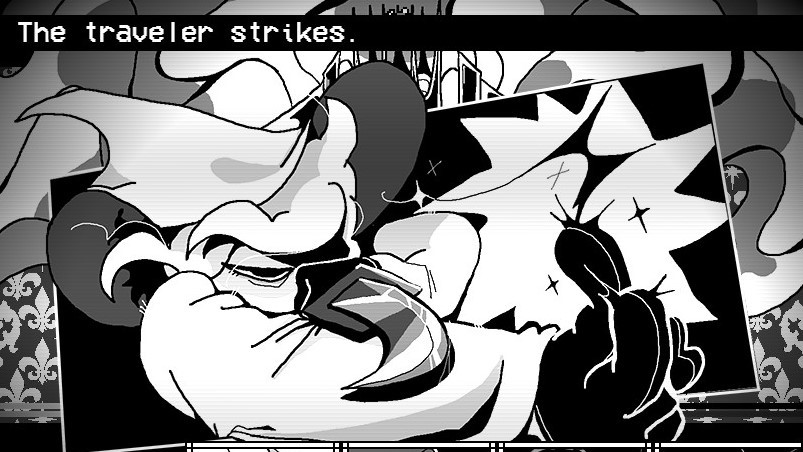
In Stars and Time’s roots go back to 2020, when Bazir first started developing START AGAIN, which serves as a prologue to the 2023 title. However, even before that, in 2017, Bazir was producing comics based on Siffrin and his story. “That was a really interesting challenge to write something so completely different, a completely different medium,” she tells me, referring to the writing process of the two games.
Being developed in 2020, START AGAIN was also created in the midst of the COVID-19 lockdown; it served as a way for Bazir to exorcize the negative feelings brought on by being trapped in a real-life, isolating day-to-day loop.
Sign up for breaking news, reviews, opinion, top tech deals, and more.
“We’re never going to be in a time loop. But society is a time loop, you know?” Bazir begins. “Just just the way that we work and then we eat, and then we go to sleep, and then we work and we eat and we sleep. That's kind of a time loop in itself, and it takes a toll on all of us in different ways. And so I wanted to take that feeling and just up it to like 1,000.”
Despite the overwhelmingly positive fan response to In Stars and Time, Bazir says she has “no plans as of yet” to explore the game’s characters and story further in a full sequel. “I feel like I have told the stories that I wanted to tell with those characters. And as a creator, I feel like I don’t have any more stories to tell with those characters. Maybe I’m gonna someday, but right now, I’m like, ‘No, this is it; this is all you get.’”
Open to interpretation
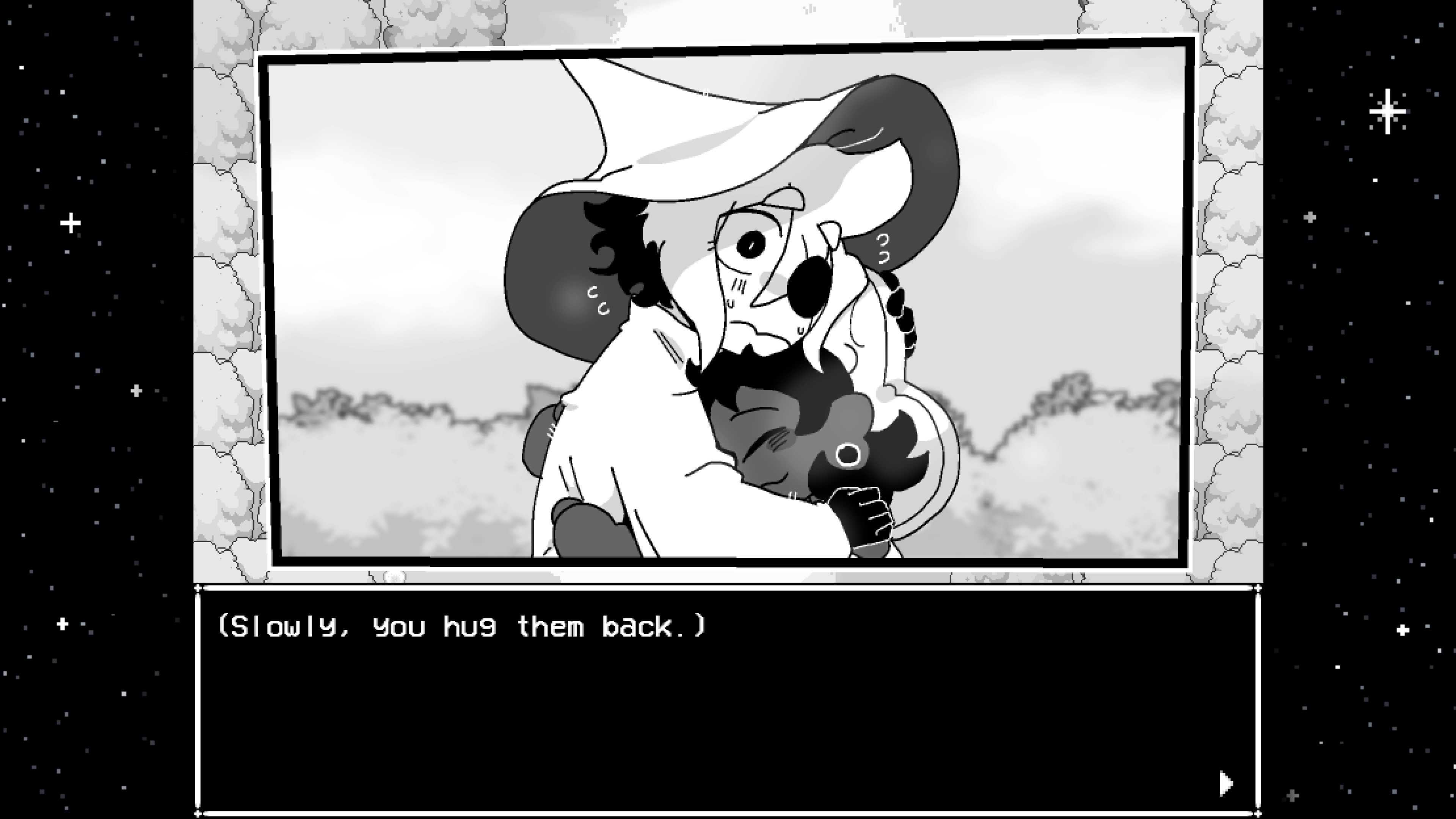
With that said, Bazir also believes that there’s a real benefit to leaving some questions that fans might have about the game entirely unanswered. “As a fan, sometimes you play a game, or even [watch] a movie, or any type of media that has such a beautiful ending that allows you to dream about what’s going to happen. And maybe it’s going to consume you, like, ‘What’s going to happen next?!’ But you’re fine being consumed by that, by the ‘what ifs.’ And then, you have the creator going, ‘I feel like making a sequel,’ and it’s like, ‘Oh, but it makes what I had in mind less real. It makes it not canon.’”
While Bazir says that she wouldn’t be opposed to making a short side story following on from In Stars and Time, such as a five-minute snippet of what could happen a couple of years after the events of the game, they reiterate that “what I love about stories is the opportunity to let your mind go wild.”
“Already, I am getting a lot of people saying, ‘So, are you going to answer this spoiler or this spoiler? What about this?’ And it's like, no, no, I’m not. You're gonna have to think about it for yourself, because I'm never, ever, ever, ever going to answer those questions, just because it would make it so boring if I did,” they laugh.
Repetition, repetition, repetition
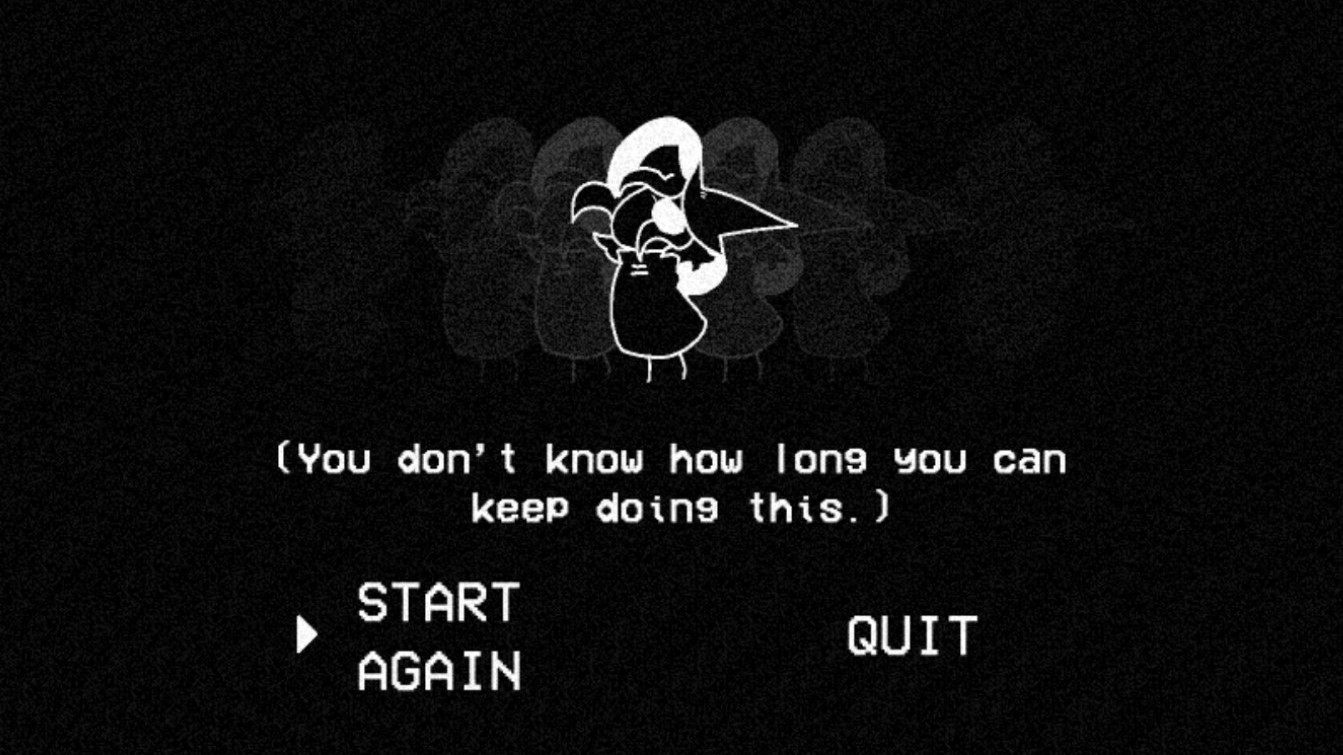
One thing that I found to be profoundly bittersweet when playing through In Stars and Time was its use of repetition as both a game mechanic and story element. Given that Siffrin is trapped in a time loop, you can expect to end up doing a lot of the same actions over and over again. Although there’s a button to speed up text, and you don’t have to start from the very beginning of the game each time you loop, the feeling of retracing your steps repeatedly can start to wear thin. However, it was only after I completed the game that I realized that this frustration had allowed me to live vicariously through Siffrin. I felt their anger, their exasperation, their tiredness, and ultimately, the plot felt much more impactful as a result.
Speaking to Bazir about this, she confirms that, yes, this was entirely deliberate: “I wanted the player to feel frustrated, of course. I do want them to be frustrated, like a healthy amount hopefully, where [they’re] not frustrated enough to quit.”
Elaborating on this, they acknowledge that “there could have been more ways to make it less frustrating,” but she “would not have added those.” They explain: “It has to be frustrating, or the game would not have worked. You have to re-read those same dialogues and be frustrated by them, and be like, ‘Oh my god, can you just stop? Can we just keep going?’ Because Siffrin is also thinking, ‘Can I just keep going?’”
During development, Bazir themselves came to the same realization that this facet of the game could prove to be annoying, but they realized that this wasn’t something that they wanted to change. “That was such a fun thing to realize, because it was a realization for me too. ‘Should I make it less annoying? No,’” they laugh. “You know what, it is art, and art should be annoying sometimes. Art should make you feel bad emotions sometimes. And if people are saying they’re annoyed by it, or infuriated by it, I’m like, ‘Yeah, so I did my job. Yes!’”
Siffrin’s secrets

Elaborating further, Bazir says that “for most of the game, I did want the player to feel the same things as Siffrin,” but there was one exception to this rule that she wanted to include no matter how the player felt about it.
“For everything that had to do with Isabeau, I wanted it to be Siffrin’s feelings alone, and even if that went completely against what the player was feeling,” they explain, referring to Siffrin’s companion who quite clearly has feelings for him from the start of the game. “Which is, for the beginning, ‘Oh my god Siffrin, he's in love with you. Siffrin, he's not your good friend. Siffrin, wake up!’”
They continue: “I tried to make sure that Siffrin’s buried deep feelings about Isabeau would be kind of hidden. It’s almost like Siffrin being like, ‘Hey, player, you can have my depression, you can get my anxiety and everything, [but] those feelings [regarding Isabeau] are mine. I'm going to keep them here. I don't really want you to see them, player.’ I really wanted this facet of Siffrin in particular to [be kept] a little bit hidden [and] a little bit more subtle.”
Queer joy

Despite In Stars and Time presenting what is essentially an emotionally taxing story, one delightful element that shines through throughout is its positive representation of LGBTQ+ characters. All of the party members are LGBTQ+, as are a number of NPCs found around the world.
“I am queer myself, so I really wanted to show that reflected in the world,” Bazir says. She adds that she wanted to try to create a world “where homophobia or transphobia never came into play at all,” and one in which different sexualities and genders aren’t just accepted, but also expected, and anticipated to alter over time. This was tied into the in-game Change belief, in which those who follow the faith are expected to evolve over the course of their life in a variety of different ways, along with the option to change their bodies and names with ease.
“I think that sexuality for a lot of people is completely fluid,” they explain, adding that in the real world, even in queer circles, sometimes individuals are questioned when their identity evolves. “I wanted to create a world, like to just imagine a world, where it would just be easier for everyone.”
Bazir also goes on to discuss In Stars and Time’s representation of asexual and aromantic characters: “Video games and media in general has been getting better when it comes to queer characters, like gay characters, bisexual characters, trans characters. We're not seeing a lot of ace and aromantic characters yet, and so I'm adding some more to the mix so that people can also be like, ‘Oh, wait, I can also do that; that’s a thing that I can do.’
“Finding ways to add characters that have little facets of yourself is so empowering as a creator, and then seeing people react to it in such a beautiful way. Like, ‘Oh my god, this is the first time [I’ve seen this], or ‘This has really meant a lot to me.’ I'm like, ‘Yeah, I did it, I did it! This is it! This is what art is all about.’”
Striving for imperfection
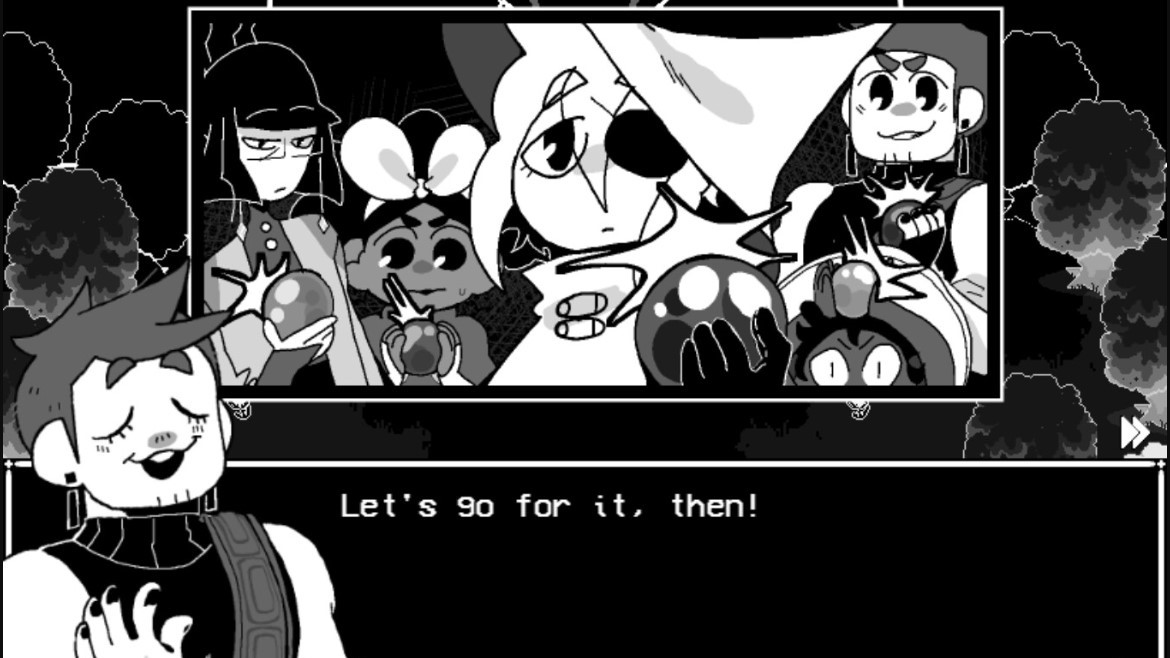
Without getting into spoilers, one of the things I found most profound about In Stars and Time was that even while utilizing the idea that Siffrin can loop through time seemingly as many times as they want, they can never truly strive for total perfection. Over the course of the game, looping goes from feeling like a blessing which allows Siffrin and his friends to evade death and pain, but warps into something much darker, with an unavoidable emotional impact on the protagonist.
“I feel like sometimes with time loop stories like this, the end loop is like the perfect one, like you need to do everything the right way,” Bazir says. “And it is interesting, but also, especially with the story that I was telling that is very much about Siffrin’s emotions, if it was like a perfect ending, [...] the characters would not really know that Siffrin is not okay.”
It’s also this factor that makes In Stars and Time’s characters, their responses to certain story elements, and the in-game world more widely feel incredibly human. Beyond their endearing pep and enthusiasm, there’s a deep pool of emotions hidden within each and every one of them, and even though they’re not real people, as a player, I felt genuinely privileged to peer into them.
Even if Bazir isn’t planning on producing a sequel, I’m satisfied with the journey that I was able to vicariously go on while playing In Stars and Time. Within 20 hours, it provided reminders that it’s okay not to be perfect, to share emotions with those you’re close to, and perhaps most importantly, that it can be positive for things to come to an end.
For more games like In Stars and Time, be sure to check out our lists of the best story games, as well as the best indie games.

Catherine is a News Writer for TechRadar Gaming. Armed with a journalism degree from The University of Sheffield, she was sucked into the games media industry after spending far too much time on her university newspaper writing about Pokémon and cool indie games, and realising that was a very cool job, actually. She previously spent 19 months working at GAMINGbible as a full-time journalist. She loves all things Nintendo, and will never stop talking about Xenoblade Chronicles.